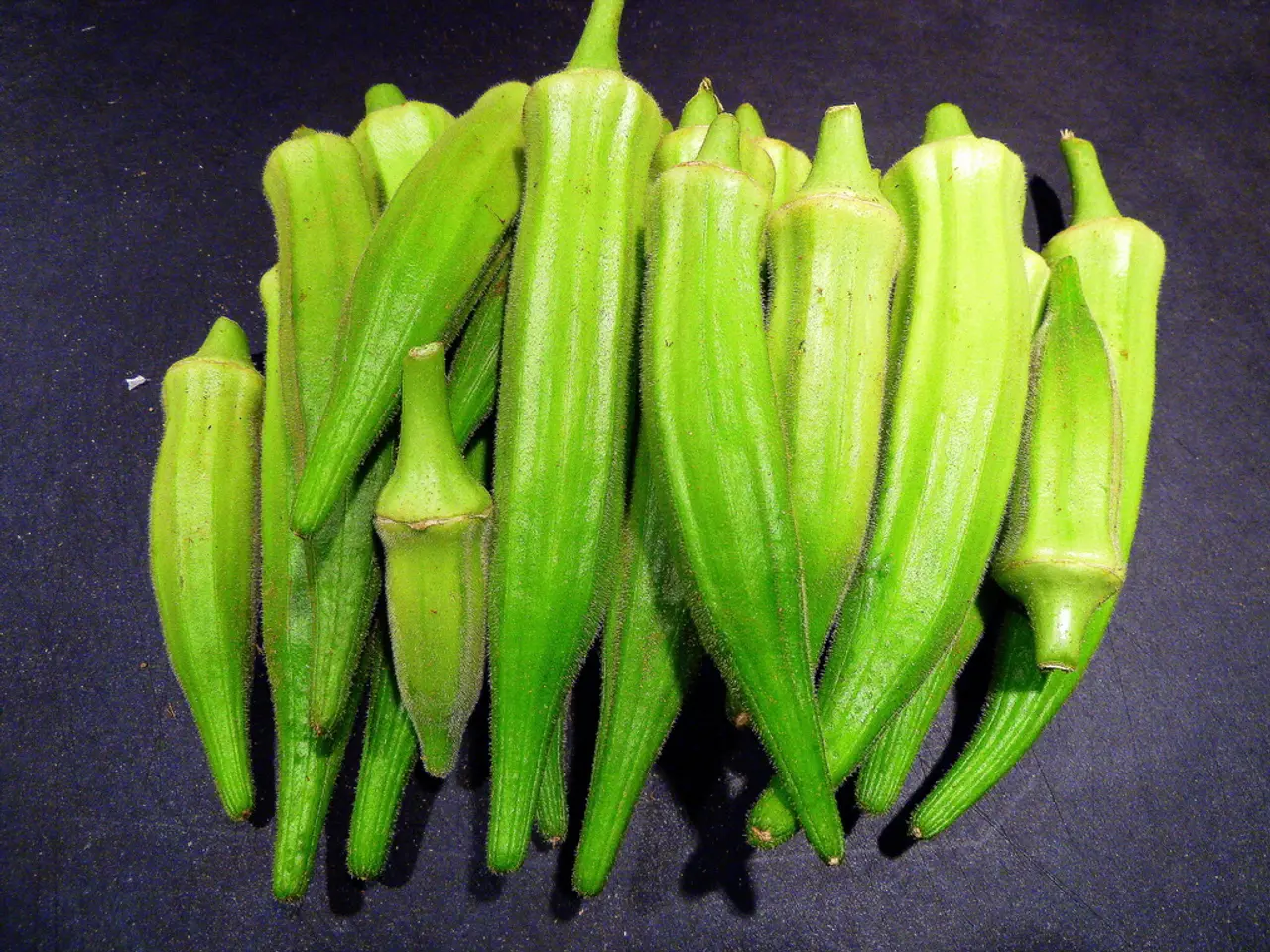Tumors on fingers: Varieties and signs of distress
In the realm of health, it is important to be aware of various conditions that can affect our bodies. One such condition is the development of tumors on the fingers, a phenomenon that can be concerning for many. This article aims to shed light on malignant finger tumors, their symptoms, causes, and treatment options.
Symptoms
The symptoms of malignant finger tumors often include localized pain, especially in the case of finger sarcomas. Another common symptom is the presence of a visible lump or bump on the finger. In some cases, the tumor may cause nail deformation or bulging if it involves the nail complex. Swelling or a palpable mass, nail discoloration or cracking, and possible functional impairment depending on size and location, are also symptoms to watch out for.
Causes
The causes of malignant finger tumors are generally related to the malignant transformation of mesenchymal or epithelial cells in the finger. However, specific risk factors are less well defined due to the rarity of these conditions. Exposure to carcinogens, genetic predisposition, and previous radiation may play roles in some cases, but detailed causes specific to finger tumors are not extensively documented.
Common Types and Treatment Options
Malignant finger tumors primarily consist of soft tissue sarcomas and malignant nail tumors. Common soft tissue sarcomas include pleomorphic spindle cell sarcoma, while malignant nail tumors can be melanoma or squamous cell carcinoma.
Treatment options vary depending on the tumor type and extent. Surgical excision is the primary treatment, often involving wide resection or even amputation in finger sarcomas to achieve disease control. Chemotherapy and radiotherapy can be used as adjuvant treatments, especially for more aggressive or advanced tumors.
For malignant nail tumors, surgery is generally preferred for complete removal. Radiotherapy and chemotherapy may be used depending on tumor size and spread. Multidisciplinary management involving surgery, oncology, and reconstructive specialists is important for optimal outcomes.
Prognosis
The overall prognosis for hand sarcomas tends to be favorable with proper treatment, although some subtypes like pleomorphic spindle cell sarcoma have poorer outcomes.
Other Types of Finger Tumors
It is important to note that not all finger tumors are malignant. Benign tumors, such as epidermal inclusion cysts, enchondromas, and ganglion cysts, can also form on the fingers. These typically do not require immediate medical attention unless they cause significant discomfort or interfere with finger movement.
In conclusion, while malignant finger tumors are rare, they are a serious health concern that requires prompt attention. If you notice any unusual lumps, bumps, or changes in your fingers, it is essential to consult a healthcare professional for a proper diagnosis and treatment plan.
- In the realm of health and wellness, malignant skin conditions such as finger tumors can have severe implications for one's health.
- Science and medical research focused on understanding these conditions can help in identifying early symptoms and potential causes, leading to timely treatment.
- Nutrition plays a role in maintaining overall health, but specific diets haven't been definitively linked to reducing the risk of malignant finger tumors.
- Mental health is equally important, as dealing with health concerns like malignant finger tumors can cause anxiety and stress. Seeking help from a mental health professional may be beneficial in such situations.




